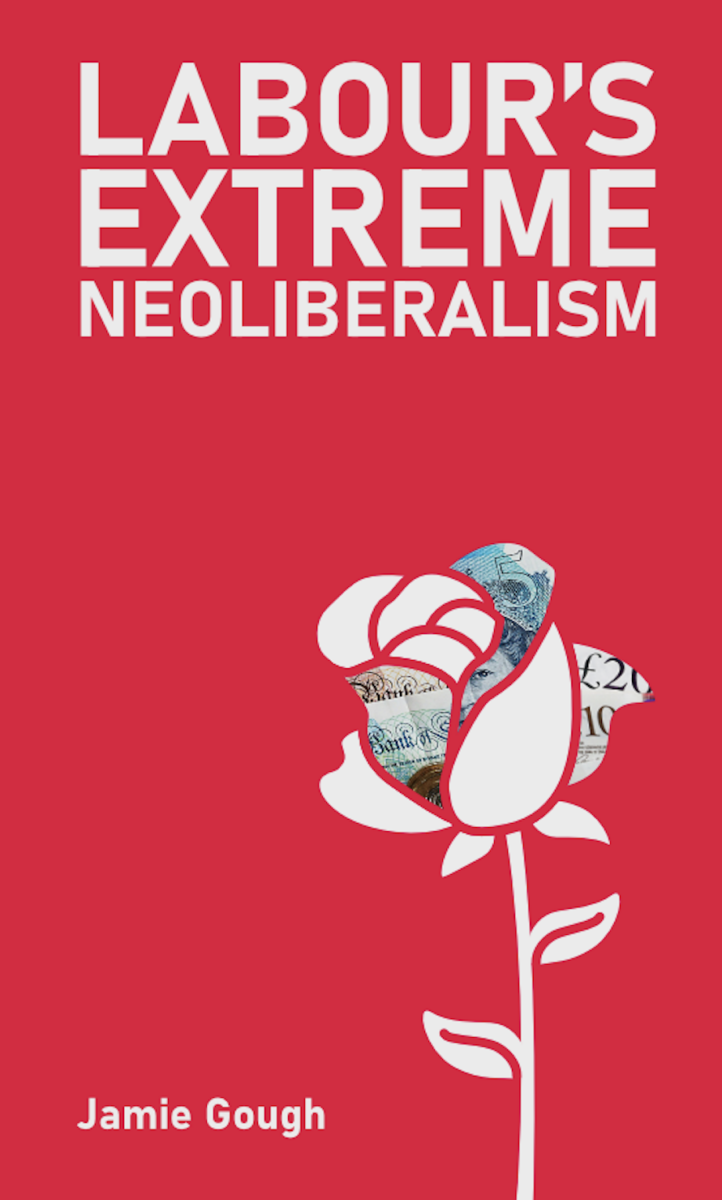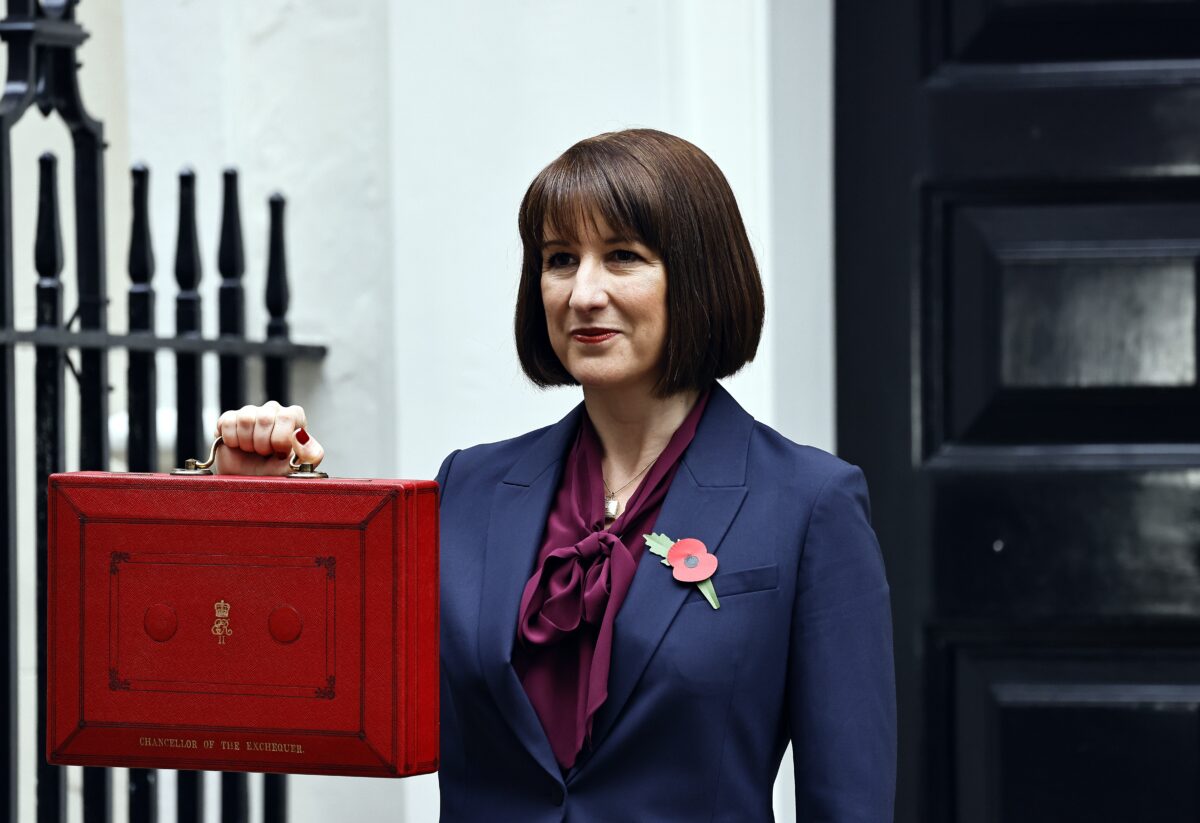Introduction
The aim of this book is to assess the actions of the Labour government in Britain since its election in July 2024 up until January 2025, and propose an alternative. It surveys all the main economic and social policies of the government; but it has a particular focus on fiscal policy – taxation, borrowing and spending – since money is central to the relationship between capital and the state. Keir Starmer was elected as leader of the Labour Party in 2020 on the basis of his support for Jeremy Corbyn’s manifesto in the 2019 general election. But since his election, Starmer has moved continuously to the Right. Since coming to government, Labour has stuck with nearly all the policies of the 2010-24 Conservative governments. The Labour Party has thereby moved from social democracy to extreme neoliberalism. I argue that this is because it has adapted itself to the strategy of the majority of capital operating in, through and from Britain, which was consolidated during the process of Brexit. Working class organisations are now faced with struggling not only directly against capital but also against the government. I propose that a key aspect of this struggle should be a People’s Plan for Taxation which targets capital and the rich.
Section 1 analyses the government’s first budget of October 2024. This budget accepted the main lines of the fiscal policy of the previous Conservative government. It ruled out any serious increase in taxation of capitalist profits and of the rich. It ensures that benefits, public services and regulation of capital will continue to decline from their already dire state.
Section 2 describes the evolution of Labour’s fiscal policy since Starmer became leader: a case study of obfuscation and mystifying political spin.
Section 3 criticises Labour’s fiscal policy from a social-democratic standpoint. I argue that large increases in tax on the rich and corporations are eminently possible, increases which would enable a large increase in spending on public services, benefits and regulation.
Section 4 investigates Starmer’s repeated claim that Labour’s rightwing fiscal policy was necessary in order to win voters by showing that Labour had abandoned the ‘profligate’ tax and spend policies of Corbyn. But in reality, Corbyn’s policies on taxation of capital and the rich are extremely popular. The large parliamentary majority won by Labour owed nothing to Starmer’s new fiscal policy. Instead, Labour’s promise of more austerity allowed Reform to emerge as a major player in national politics by appealing to working class discontent with living standards and public services.
In Section 5 I analyse the reasons for Labour’s stampede to the right. Labour’s policies in opposition and government have been developed through a myriad of consultations with representatives of capital. Labour governments always gravitate towards the majority view of capital. In 2025, this view is unprecedentedly reactionary: post Brexit, the majority of capital operating in, through and from Britain wishes for further deregulation of the labour market and of the environment, for taxes on capital and the rich to be further reduced, and to remain outside the EU Customs Union and the Single Market. Labour has adopted this strategy.
To prevent further destruction of living standards and the environment, working class organisations will have to struggle against the government on every front. In the final section of this book I argue that an important part of these struggles should be a People’s Plan for Taxation to radically increase taxation of capital and the rich.

Available from Resistance Books from £5.
From 2. Labour’s fiscal policy: spin without substance
In 2023, Labour’s implicit fiscal policy became explicit. Reeves came clean: there was to be no increase in taxation of the rich or of capital, and therefore no increase in public expenditure. Labour would not introduce a wealth tax, increase the highest rate of income tax, or increase the rate of tax on capital gains (the main form of remuneration for many working in the City of London) to equal the highest rate of income tax. The nominal rate of corporation tax, 25%, would not be increased, and, even more significantly, the thousand and one reliefs from corporation tax for supposed ‘investments’ introduced by Conservative governments would not be abolished.
To cap it all, Labour would adhere to Sunak and Hunt’s pledge that government debt would decrease as a proportion of GDP by the fifth year of government. This new fiscal policy was the major plank of Starmer’s new slogan, that his was a ‘changed Labour Party’, meaning that the party was not only purged of Corbynites but purged of Corbynism and Labour’s original sin, ‘tax and spend’. Labour would not increase taxes on ‘you’, deftly evading the distinction between ordinary people and corporations and the rich.
In place of a new fiscal policy, Starmer and Reeves presented their alternative: ‘growth’, presumably growth of GDP. This was to be the guiding light for a Labour government. Every action of every part of government would be directed at achieving this aim, and every policy would be subordinated to achieving it. To dramatise this aim, Starmer promised that after five years the UK would have the highest growth rate in the G7……

3. The real choices on Britain’s fiscal policy
There are, in fact, alternatives to Labour’s fiscal policy. I discuss broadly social democratic, Keynesian or Corbynite alternatives. I do not discuss fully socialist alternatives here since working-class organisation and popular consciousness does not make this a feasible option for a Labour government presently (though it would be valuable propaganda; see also note 4). A number of aspects of Labour’s strategy can be criticised from this point of view.
‘Growth’ as a solution
Over the last two decades, Britain has had the lowest growth rate of GDP among the major High Income Countries (the G7). (Note in passing that this is not true for British-headquartered capital nor for UK billionaires.) Since the Covid pandemic, Britain has had one of the lowest rates of growth among the larger group of G20 countries. If one leaves out finance and business services (around 15% of GDP), an increased rate of growth in production of useful goods and services is a necessary, though not sufficient, condition for improvements in real incomes and public spending.
But Starmer’s ambition for British GDP to increase faster than the other G7 countries is pie-in-the-sky; his industrial policies are utterly insufficient to achieve this aim. The National Wealth Fund for infrastructure investment, talking to the Pension Funds about investing in Britain, and Labour’s policies on training are far too weak to change the habits of capital invested in the British domestic economy. The government’s pledge on growth is nothing more than evasion of the need to radically increase taxation of capital and the rich.
The social and fiscal benefits of spending
Since the 1930s, social-democratic and broadly Keynesian commentators have pointed out that state spending cannot be adequately evaluated by considering only its cost to the Treasury. Most state spending results in multiplier effects, benefits to firms and households other than the direct beneficiaries, and often also to increased income and decreased costs to the state. Starmer and Reeves have no understanding of this point. A salient example is the two-child limit on child benefit. Labour says that to abolish this limit ‘cannot be afforded’. But poverty has negative impacts on children’s health, mental health and cognitive abilities, and their social and technical skills. These impacts will last for their lives. The latter create additional costs to the state over decades, for example in the NHS and policing; and by lowering the skills of the labour force they create costs to the economy. But none of these disadvantages are considered by the government.
Dozens of other examples could be given of the multiple negative impacts of cuts in current state spending. Cuts in youth services, over 75% since 2010, have had multiple negative impacts on young people themselves, and led to other horrors such as the rise in gang membership and knife crime. Cuts in day care centres for the elderly and disabled have not only worsened their lives but imposed extra costs onto the NHS. A third of any increases in state benefits to the poor comes straight back to the Treasury in taxes. Cuts in the number of building inspectors have meant newly built housing is severely, often ludicrously, poorly built, with ensuing costs to the new owners. Reductions in staffing of the HMRC have meant tens of billions of pounds of uncollected taxes; in the 1990s it was calculated that each additional pound spent on HMRC staffing rendered £20 in additional tax collected – and conversely.
The inability of the Labour leadership to consider these knock-on effects reflects its inability to think about society as a whole. The Labour government adopts the viewpoint of an individual or a firm in considering costs, ignoring that the state is a supremely social organisation. Labour’s viewpoint is that of pure neoliberalism: ‘there is no such thing as society’……
Order here at sale price of £5 now!
NB Featured image also appears as second inline image with same alt text


While Kenysian is better than neo liberalism, should we not be developing transitional demands around the economy/finance?
Hi Rafael, absolutely, and Jamie’s booklet has some good ideas around that as well. But I think it is a very serious discussion about how to actualy deal with a transition to a new eocnomy and the question of global finance.